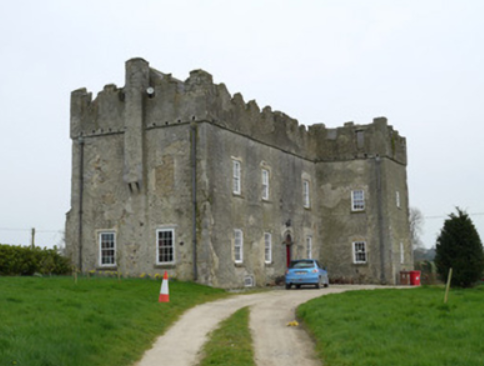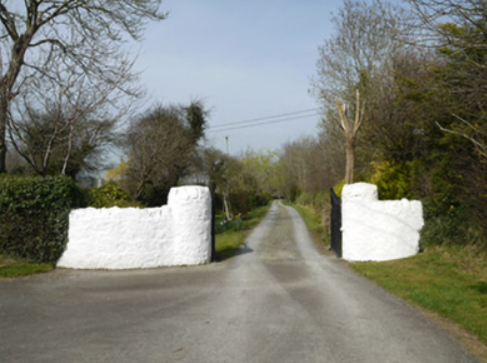Cabra Castle
Houses within 5km of this house
Displaying 7 houses.
Houses within 5km of Cabra Castle
Displaying 7 houses.
| House name | Description | |
|---|---|---|
| Maghernacloy | A 17th century fortified structure, this castle was remodelled probably in the early 19th century. James Gartlan was resident here in the 1830s. By the time of Griffith’s Valuation circa 1860 the occupant was Anne Kelly who held the property from William Brownlow. The buildings were valued at £7. A widow, Rose Kelly, was resident at the beginning of the 20th century. In the latter half of the 20th century the castle was unoccupied for many years but in recent times it has been repaired and become a family home again. |

|
| Loughderry | Located close to the shore of Lough Derry this house was the residence of S. Pendleton in the 1830s. The house may have been extended by the time of Griffith’s Valuation circa 1860 when it was valued at £17. It was occupied by George Renwick [Rennick] who held the property from William Brownlow. Family sources suggest George Rennick was formerly the proprietor of the Shirley Arms Hotel in Carrickmacross and the King's Arms in Clones, before retiring to Derry sometime between 1846-1860. Loughderry House has been the home of the Rennick family for many generations. | |
| Drummond Cottage | Named on the 1st edition 6 inch Ordnance Survey Map (1836) this house with a farm of 125 acres was the home of the Kelly family in the mid-19th century. Thomas Kelly was resident holding the property from Mary Anne Kelly. Most of the townland belonged to the Porter family. A Mary Anne Jones Kelly of Priorland, Dundalk, owned 200 acres in county Monaghan in 1876. This cottage and its outbuildings date from the early 19th century and still survive. |

|
| Losset House | This house was built in the mid-19th century on the Shirley estate, close to Lough Fea Castle. It was valued at £8 and occupied by William Roarke. |

|
| Cabra Cottage | This house was the home of the Pratt family until Cormey Castle was purchased in 1813 and was renamed Cabra Castle. Cabra Cottage is shown on the first edition six inch Ordnance Survey map (publ. 1837) as a substantial building close to a mill race, quarry and the ruins of the first Cabra Castle. Bence Jones describes this building as an early 18th century villa possibly designed by Sir Edward Lovett Pearce. He writes that it was used as a ballroom following the Pratts move to live in their new home in Cormey. In the mid-19th century it was valued at £20 for rates and Colonel Joseph Pratt was the owner and occupier. The 25 inch map shows the building much reduced in size. Bence Jones writes that it was destroyed by fire in the 1950s. | |
| Corrinshigo House | Corrinshigo House was located to the west of the other two Pratt homes, Cabra Cottage and Castle. It is named on the first edition six inch Ordnance Survey map (publ. 1837). Lewis records it as the residence of J. Pratt and Griffith’s Valuation records Francis Pratt as the occupier holding the property from Frances E. Pratt. It had a rateable valuation of £15. Occupied by George Pratt and his mother in 1901. Now a green field site. | |
| Mullantra | Mullantra was located on the border between counties Cavan and Monaghan and north of the other Pratt homes in the locality. In 1814 it was occupied by James Butler Pratt. Lieutenant Edward Pratt of Mullantra, Kingscourt, petitioned the Lord Lieutenant in 1822 for an appointment to a post in the police establishment (National Archives CSO/RP/1822/1006). By the time of Griffith’s Valuation this building, the property of Colonel Pratt, had a rateable valuation of £2 and was vacant. A new building appears on a nearby site on the 25 inch map and is still extant in the middle of a forestry area. |

